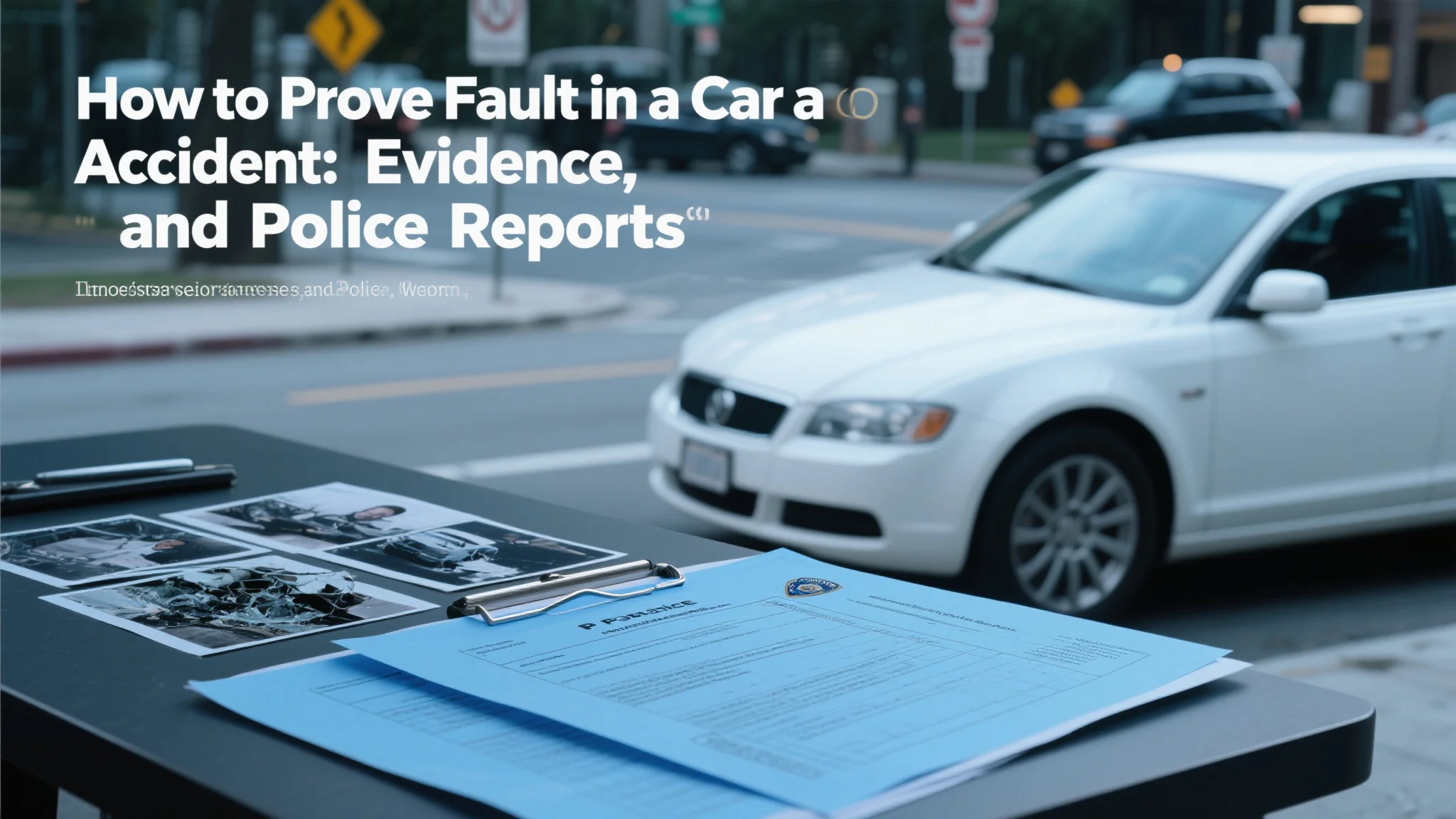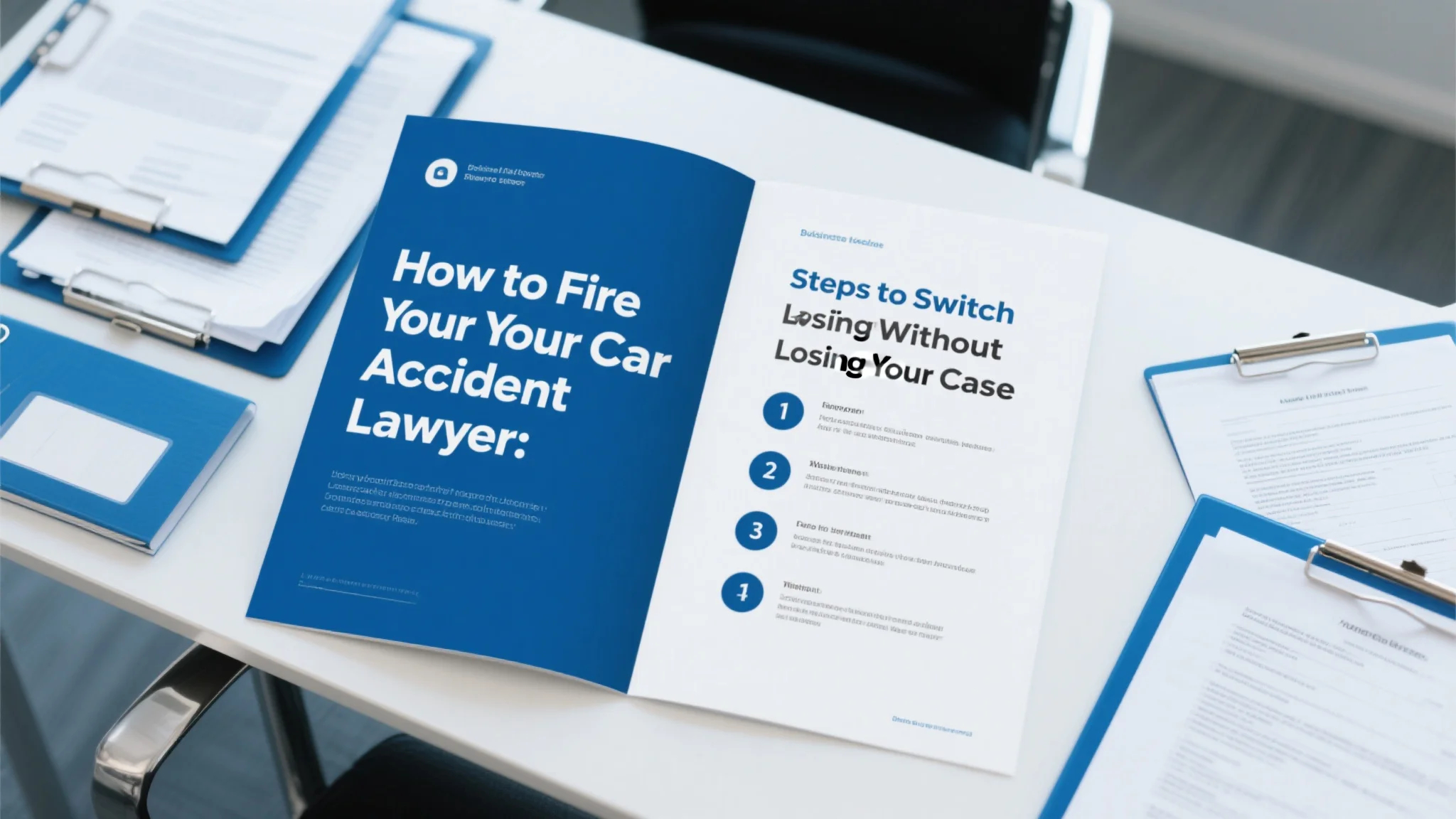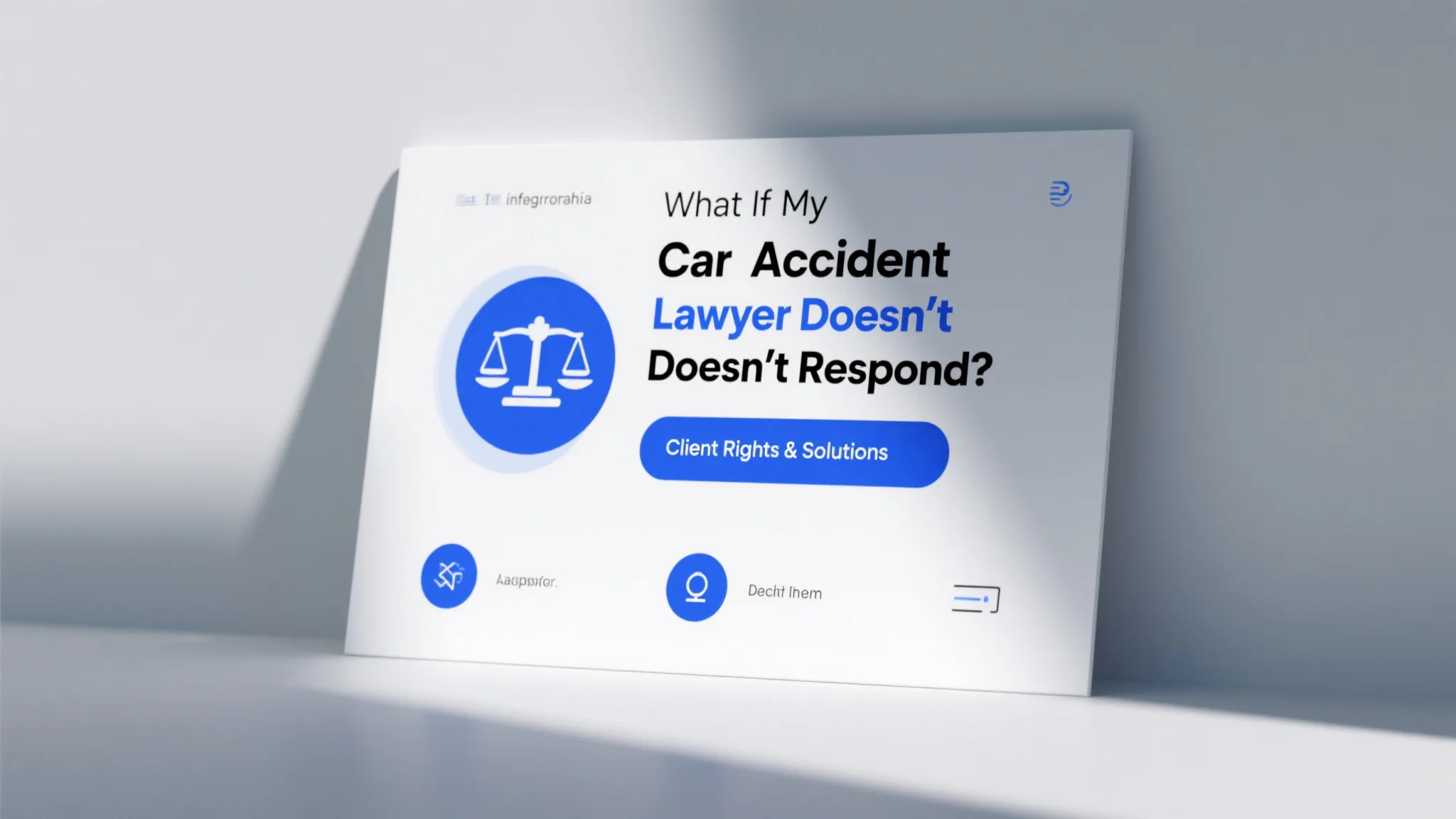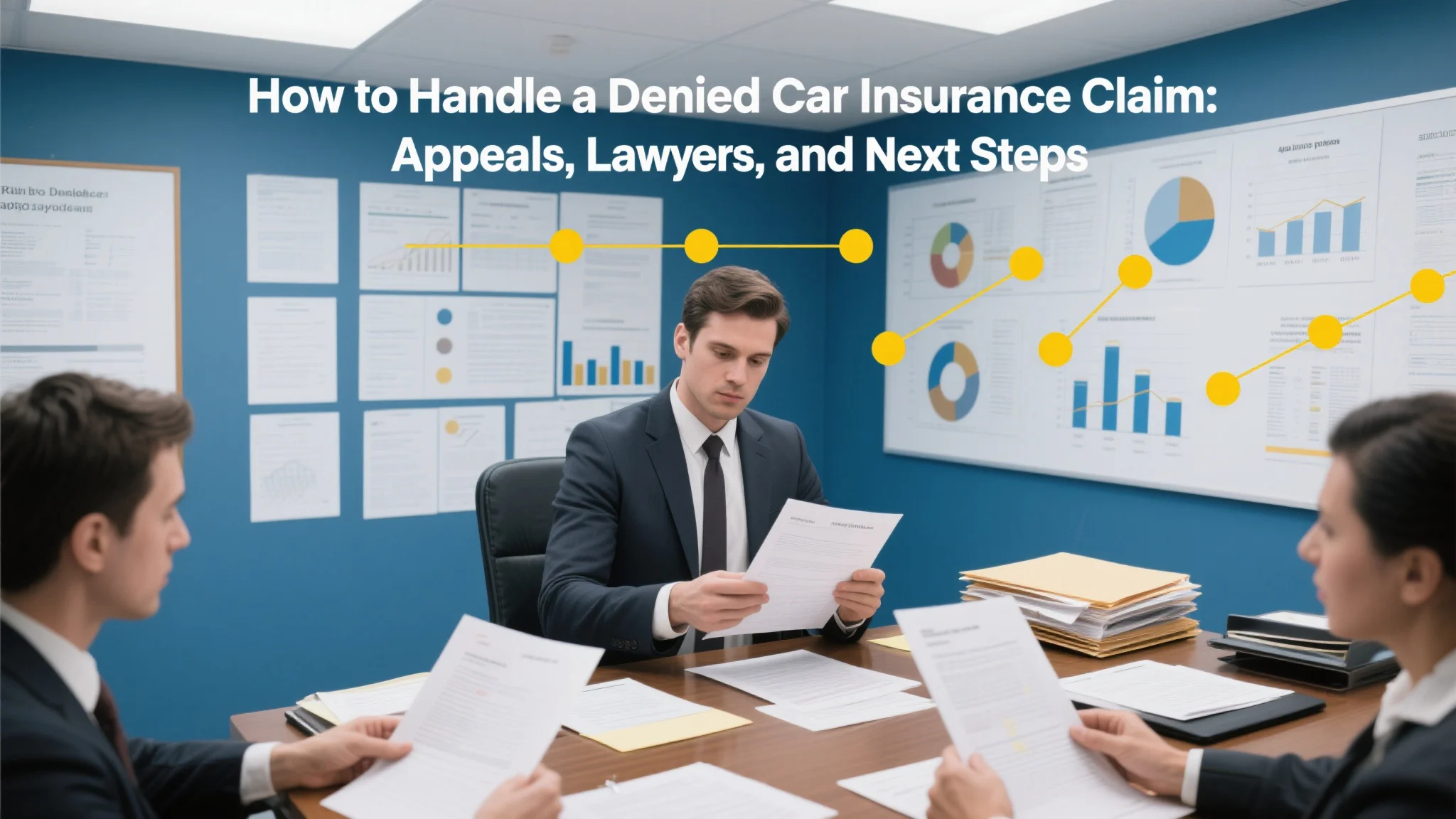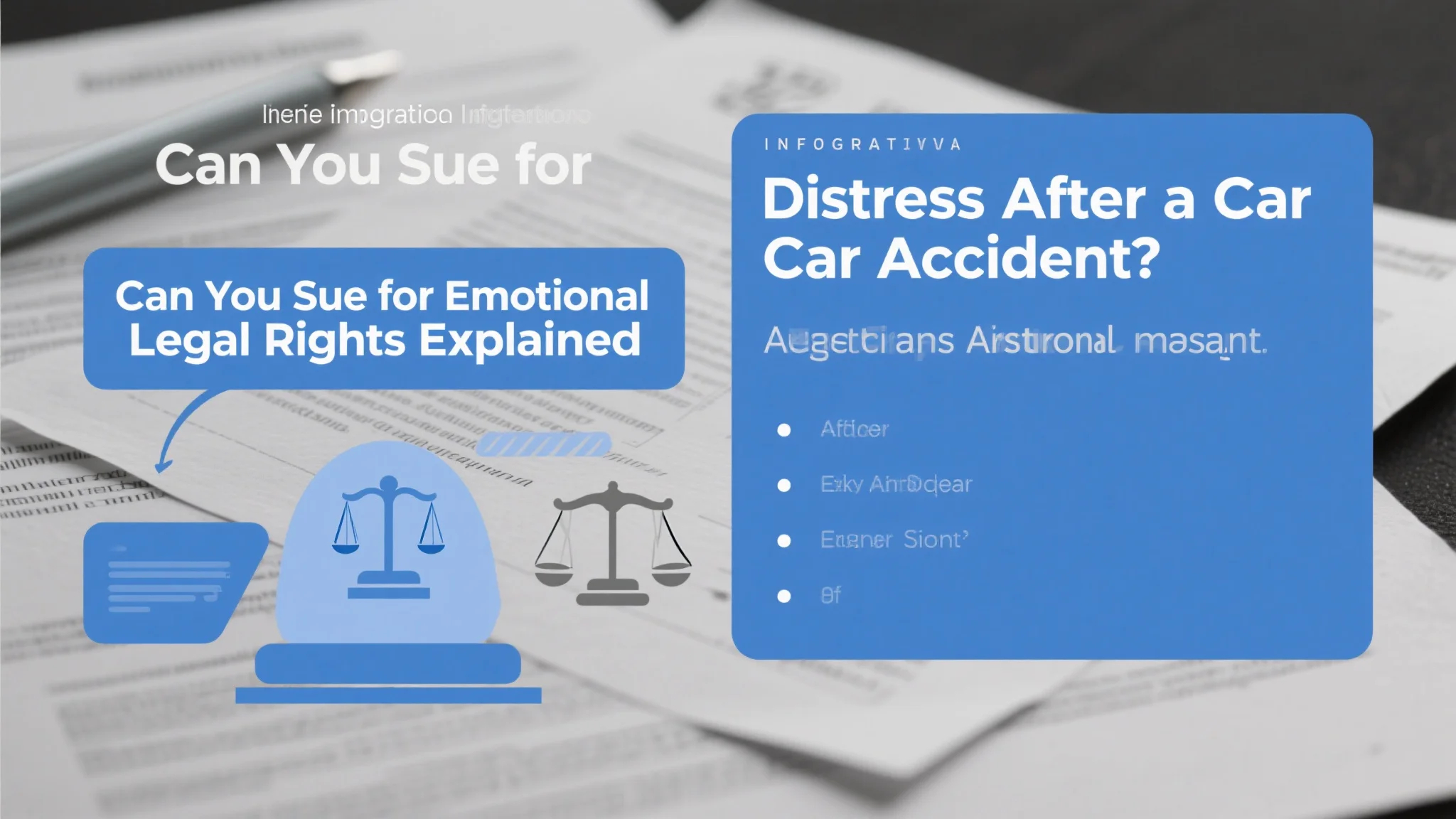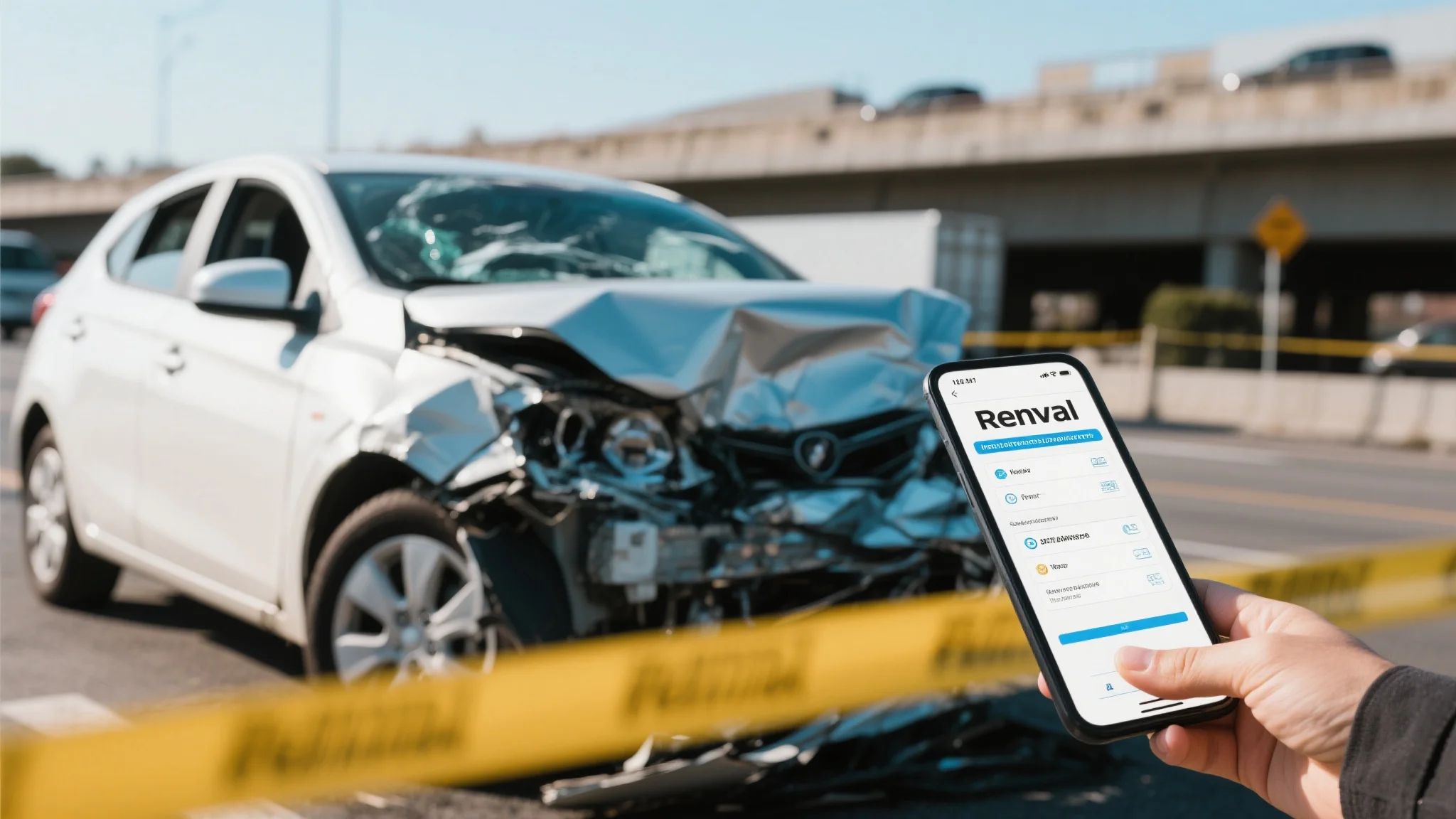Establishing Liability: The Complete Guide to Proving Fault in Auto Accidents
Determining who bears responsibility for a car accident significantly impacts insurance claims and potential legal actions. Successfully proving fault in accident cases requires collecting compelling evidence, understanding state laws, and presenting a coherent narrative of events. Police reports often provide the foundation, but additional documentation like photographs, witness statements, and electronic data creates a more complete picture. The process varies depending on accident type – rear-end collisions typically follow straightforward liability patterns, while multi-vehicle pileups or intersection accidents involve more complex investigations. Recognizing what evidence carries the most weight in your specific situation helps build the strongest possible case for establishing fault.
State traffic laws form the legal framework for fault determinations. Violations like running red lights, illegal turns, or speeding constitute negligence per se – automatically establishing fault when proven. However, many accidents involve comparative negligence systems where multiple parties share responsibility proportionally. The 50% bar rule followed by most states prevents drivers who are more than half responsible from recovering damages, while pure comparative negligence jurisdictions allow recovery reduced by one’s own fault percentage. Understanding these distinctions helps assess whether pursuing a claim makes financial sense based on your potential share of responsibility. Even minor contributory actions like slightly exceeding speed limits or momentary distractions might reduce recoverable damages substantially in these systems.
Police reports serve as critical evidence in most fault determinations. Officers document physical evidence, interview participants and witnesses, and often make preliminary fault assessments. However, these reports aren’t infallible – officers sometimes make incorrect assumptions or miss subtle contributing factors. Obtaining and carefully reviewing the full police report helps identify any errors or omissions that might need correction through supplemental statements. Many jurisdictions allow drivers to submit additional information or request amendments to reports within specific timeframes after accidents. Providing officers with detailed accounts and any supporting evidence at the scene increases the likelihood of accurate reporting, though you should never admit fault or speculate about causes to law enforcement before completing a thorough investigation.
Photographic and video evidence often proves decisive in fault disputes. Comprehensive accident scene photos should include vehicle positions, damage patterns, skid marks, traffic controls, and environmental conditions. Dashcam footage provides objective accounts of events leading to collisions, while surveillance cameras from nearby businesses sometimes capture valuable angles. Modern smartphones allow documenting injuries, vehicle interiors, and other details that might become relevant later. Time-stamped photos help establish sequences of events, and panoramic shots preserve overall scene context. When possible, photograph the other driver’s license, registration, and insurance cards to prevent later disputes about vehicle ownership or operator identity. This visual evidence becomes particularly valuable when police reports lack detail or when stories conflict between involved parties.
Witness testimony adds independent perspectives to fault determinations. Bystanders often observe critical details that participants miss due to limited visibility or the stress of collisions. Collecting contact information from willing witnesses at the scene preserves their accounts before memories fade. Independent witnesses carry more weight than passengers in your vehicle, though all credible accounts contribute to establishing facts. Professional witnesses like accident reconstruction experts can analyze evidence and testify about fault percentages in complex cases. Their technical explanations about speed calculations, visibility analyses, and vehicle dynamics help judges and juries understand how specific actions caused or contributed to accidents. Even in straightforward cases, witness statements help corroborate your version of events when dealing with insurers or opposing parties.
Electronic data from vehicles increasingly influences fault determinations. Event data recorders (vehicle black boxes) capture speed, braking, steering inputs, and other parameters in the moments before impacts. Insurance companies frequently request this data, which requires specialized tools to extract and interpret properly. Smartphone forensics might reveal whether drivers were texting or using apps during accidents. Toll transponders and traffic cameras establish timelines and routes. Connected car systems sometimes transmit real-time driving data to manufacturers that can become evidence. Preserving this electronic evidence quickly after accidents prevents automatic deletion or overwriting of critical data points that might support your case. While privacy concerns exist regarding some of these technologies, their evidentiary value in fault determinations continues growing as courts recognize their reliability.
Medical documentation connects injuries to specific accident mechanisms, supporting fault claims. Certain injury patterns like whiplash or specific fracture types correlate strongly with particular collision dynamics. Detailed medical records describing the nature, timing, and probable causes of injuries help establish how the other driver’s actions directly harmed you. Delayed symptom onset doesn’t necessarily weaken claims when medical explanations account for the latency. Consistent reporting of symptoms to healthcare providers creates documentation trails that insurers and courts consider more credible than later recollections. This medical evidence becomes particularly important when disputing fault, as it demonstrates the physical consequences of the other party’s negligence in objective clinical terms rather than subjective descriptions.
State-specific rules and case law shape fault determinations significantly. Some states follow no-fault systems limiting lawsuits except for serious injuries, while traditional tort states allow full fault-based claims. Local court precedents establish how certain types of evidence get weighted – for example, some jurisdictions heavily favor police reports while others scrutinize them more critically. Special rules govern commercial vehicles, government entities, and other unusual defendants. Understanding these nuances helps tailor evidence presentation strategies to your jurisdiction’s particular standards and expectations. Consulting local attorneys familiar with how courts in your area interpret various types of accident evidence provides valuable insight into building the strongest possible fault case.
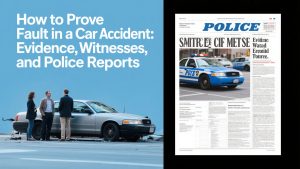
Insurance company investigations follow their own protocols for fault determinations. Adjusters review all available evidence but often initially favor their policyholder’s version of events. Presenting organized documentation systematically rather than piecemeal helps overcome these natural biases. Insurance companies sometimes hire accident reconstructionists or other experts to challenge fault claims, making thorough evidence collection and preservation essential. Understanding how insurers evaluate claims helps anticipate their arguments and prepare counterevidence. While insurers ultimately must follow state laws and policy terms in making fault determinations, their internal processes vary significantly between companies, affecting how they weigh different types of evidence.
Shared fault scenarios require particular evidentiary strategies. When dealing with shared fault claims, focus on evidence showing the other driver’s percentage of responsibility exceeds yours. Comparative negligence systems reduce recoveries proportionally, so proving even 10% additional fault on the other party can significantly impact settlement amounts. Evidence demonstrating how the other driver had greater opportunity to avoid the accident or violated more serious traffic laws helps maximize your recovery percentage. In chain-reaction collisions or multi-vehicle accidents, establishing each party’s relative contribution becomes complex but often necessary for fair apportionment of damages. Diagrams, witness statements, and expert analyses help untangle these complicated scenarios where fault isn’t simply binary between two parties.
Pre-accident driving history sometimes becomes relevant in fault determinations. While generally inadmissible to prove negligence, patterns of traffic violations or prior at-fault accidents might become relevant for assessing credibility or establishing habitual dangerous behaviors. Your own driving record could influence how insurers and courts view your account of events, making clean histories advantageous when fault is disputed. Some states allow “habit evidence” showing repeated similar conduct to establish negligence in certain circumstances. While not determinative, these patterns contribute to overall fault assessments when combined with direct evidence about the specific accident in question.
Post-accident conduct can inadvertently affect fault determinations. Statements made at the scene or to insurers might be interpreted as admissions of fault, even when intended as polite expressions of concern. Social media posts showing activities inconsistent with claimed injuries can undermine credibility. Surveillance sometimes captures post-accident behavior that insurers use to challenge fault claims. Being mindful of how all communications and actions might be perceived helps avoid giving insurers unnecessary arguments to shift fault percentages. While not directly related to what caused the accident, these behavioral factors influence how strongly your version of events gets believed during fault determinations.
Legal presumptions affect fault determinations in certain accident types. Rear-end collisions typically presume the following driver’s fault, though exceptions exist for sudden stops without cause or mechanical failures. Left-turn accidents usually fault the turning driver unless the other vehicle ran a red light or excessively sped. These legal presumptions establish default positions that the presumed-at-fault party must overcome with compelling contrary evidence. Understanding which presumptions apply to your accident type helps assess the strength of your fault claim and what evidence you’ll need to overcome any default assumptions that might work against you.
Alternative dispute resolution processes handle fault determinations differently than courts. Mediation encourages compromise positions on fault, while arbitration might involve more binary determinations. Some states mandate alternative dispute resolution attempts before allowing lawsuits, with varying rules about how fault assessments in these forums affect later proceedings. Knowing these procedural nuances helps develop appropriate strategies for presenting fault evidence at each stage. While the core facts remain constant, how you emphasize and frame them should adapt to the specific fault-determination process you’re navigating at any given time.
Preventative documentation protects against future fault disputes. Regularly maintaining your vehicle demonstrates responsible ownership that contrasts with negligent driver stereotypes. Dashcams provide objective evidence if accidents occur. Keeping copies of maintenance records and photos of your vehicle’s condition establishes its mechanical soundness if brake failure or other malfunctions get falsely alleged. These proactive measures won’t prevent accidents but help position you favorably if fault ever becomes disputed after a collision occurs.
